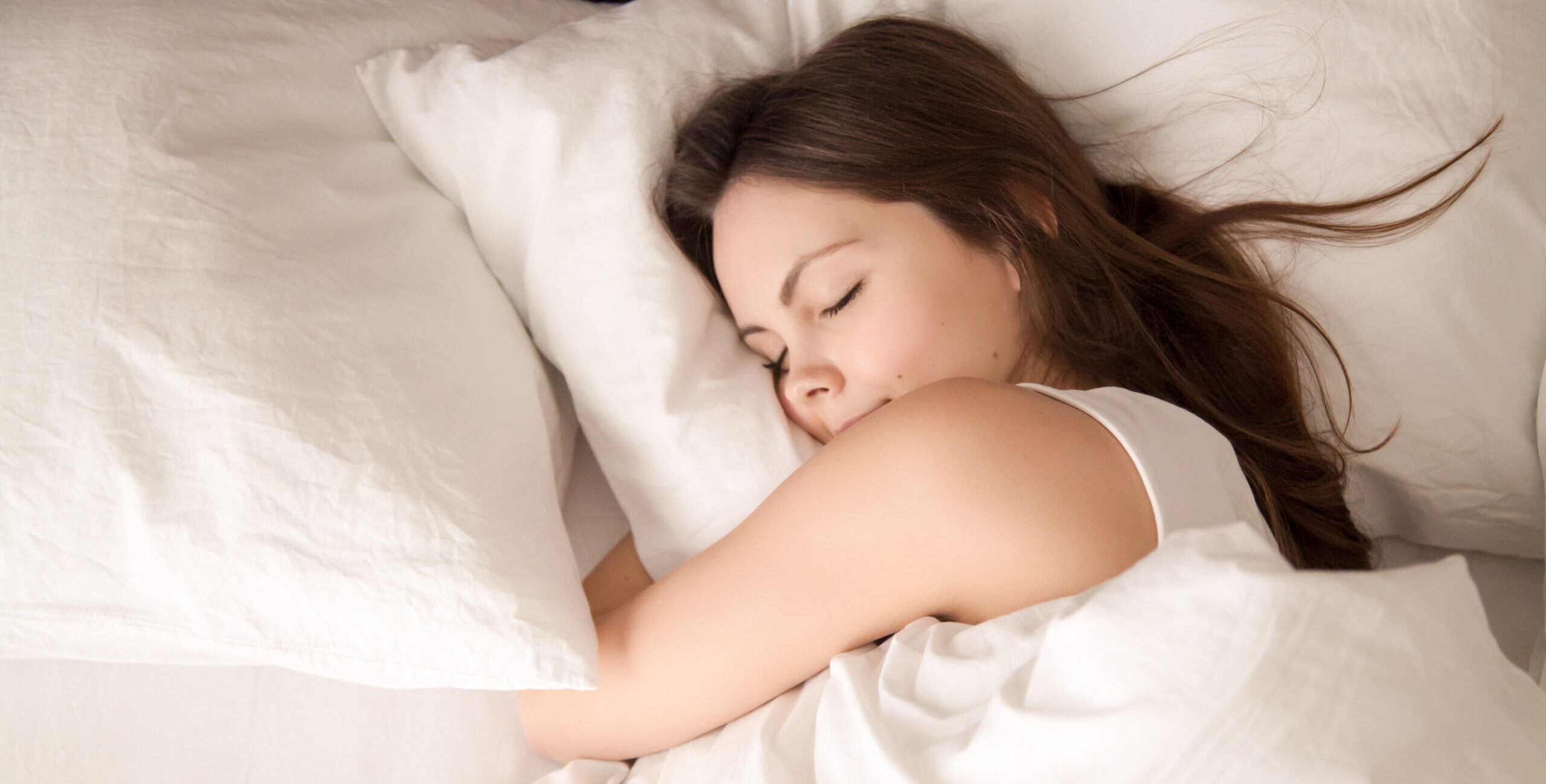The Lowenstein device use an ‘adaptive’ treatment method (known as auto algorithm), for the APAP therapy devices. APAP (Automatic Positive Airway Pressure) devices contain an auto algorithm which is the method by which there are automatic adjustments of level of air pressure delivered throughout the night. The parameters of ‘when,’ ‘how often,’ and ‘by how much’ the air pressure is adjusted is determined by a pre-defined structure and the feedback the machine gets from the user, there are a lot of influencing factors and therefore the algorithm is a highly advanced feature with differences in level of efficacy and technology between different manufacturers. In fact, for treatment outcome, the algorithm is considered the most important defining point for the effectiveness and result, yet it is so difficult to assess without experiencing and using the product. The inbuilt algorithm cannot be adjusted except for trying out any different modes available. The parameters of minimum pressure (starting point) and maximum pressure (ceiling) setpoints however can be changed.
All auto algorithms respond to breathing events according to the data signals received from the user, what makes the Löwenstein auto algorithm a unique treatment is that it additionally follows a carefully calculated structure. This causes it to be more responsive at lower pressure levels where you need to treat the breathing issues fast, moderately responsive in mid-range pressures, and less responsive at higher pressures when you need to treat issues more gently. This permits the user to enjoy good-quality undisturbed sleep. We call this ‘adaptive.’ The ‘lower,’ ‘mid-range,’ and ‘higher’ pressure levels are directly defined by the minimum and maximum pressure setpoints. Therefore, both these setpoints can be changed and finetuned to create a range that responds appropriately for the needs of the individual.
For example, consider a moderate sleep apnoea sufferer setup with a pressure minimum of 6 and maximum of 16, the midway point is therefore 11. This sleep apnoea sufferer reaches a pressure of just 10 during the night by the time they reach the ‘ultimate’ phase of REM sleep, but as 10 is still below midway, they still receive moderate increases for any further breathing ‘events’ (issues) during REM (it is very common to have disrupted breathing during this stage). Unfortunately, this moderate increase causes the user to become startled and they often wake up and stop using the therapy device because it annoys them. Now consider if we reset this person to a pressure minimum of 6 and maximum of 12, the midway point now becomes 9. Now when they are at a pressure of 10 during REM sleep there will be mild pressure increase/s for any breathing events. The user finds they no longer are startled awake and enjoy a full unbroken night’s sleep including REM, waking up feeling fresh. Now they wouldn’t dream of not using their therapy device!
This serves to point out that using the adaptive treatment method can not only treat the breathing disorders, but really help improve people’s sleep quality itself. The ‘adaptive’ property described leads to the Löwenstein devices treating with balance and efficiency. It is always important to personalise the treatment by finding setpoints that achieve the ‘just right’ response for the user. *Per the Pmin & Pmax Setpoints.

For more information on Löwenstein’s unique algorithm, speak to us today.



